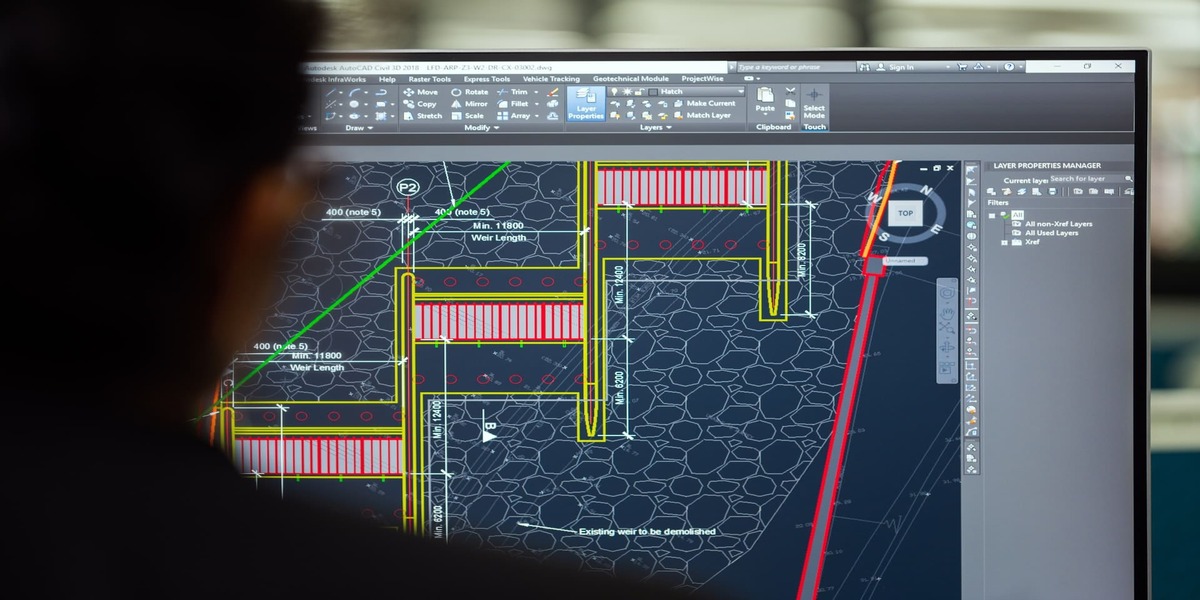3 COVID-19 Lessons for Agile Supply Chain Software

Meeting someone wearing a mask at the Venice carnival can be fun, but when looking for the right technology to improve your business for the coming years, you better select a supply chain leader without a mask!
It is extremely difficult to distinguish between a proven solution and cutting-edge technology.
Imposters are everywhere, hiding amongst the crowd and among supply chain technology vendors. It even has become a syndrome!
I would personally use the following 3 simple proof points during a sales cycle to avoid disappointments down the road and would welcome your feedback about the top 3 criteria you apply when you select supply chain software.
My 3 Top Criteria to Detect Imposters
Can the supply chain software unlock the promised value within weeks rather than months?
With the scale of the disruptions we face these days due to COVID-19, the supply chain technology promises are being tested in real-time. We are all taking an exam. Can we fix our failing decision-support to operate our supply chains within reasonable time frames rather than months?
Lesson 1 : We must deliver on our promises today, not tomorrow.
Does the supply chain management software support your redesign efforts for hyper-agile decision-making?
COVID-19, and the resulting disruptions, call for immediate answers and solutions building on unprecedented rates of change, market and supply disruptions, and there are no easy fixes.
At the same time, the next disruptions are already looming around the corner, and we all need to prepare for what is coming with a sense of urgency we have never faced before. The desired state of these process redesign is hyper-agility, and reaching that goal requires continuous efforts.
Lesson 2 : Our future processes cannot deliver the hyper-agility for the next disruption without significant and continuous efforts supported by the right technology.
Can we evolve our digital capabilities without re-implementations?
If upgrades are complex and cumbersome for legacy customers, you can be sure you are dealing with an imposter. Slow upgrades are the main symptom of poorly engineered software solutions, badly architected data models and multiple levels of software customization.
Digital platforms are designed for scalability and continuous improvement. Otherwise, you deal with a software vendor experiment, co-creating a potential new software solution for the future customers of your current software vendor. Such a choice is a very risky value proposition!
Lesson 3 : Evolutive software is easy to configure, fast to deploy and even faster to upgrade.
In summary, when it comes to the supply chain software selection approach, look for immediate ROI, but without keeping your eyes from the ultimate goal: hyper-agility, and keep striving for that ultimate goal!
This article was contributed by our expert Alex Rotenberg
Frequently Asked Questions Answered By Alex Rotenberg
Q1. What are the characteristics of agile supply chains?
Traditional approaches to supply chain management focus on functional and operational excellence, improving the efficiency and accuracy of production, logistics, procurement and other supply functions. The focus is often to maximize service and minimize cost. But as functional optimization takes time, response to sudden changes is delayed.
Such traditional supply chains are typically very lean and efficient in a predictable scenario but not resilient in the face of disruptions like we recently faced with COVID-19. And COVID-19 is only one of the disruptions companies face these days in a more and more volatile world. We need more agile supply chains.
The focus of agile supply chains is to respond in near real-time to disruptions. To achieve that, the following characteristics are essential:
- Planning spans all supply chain functions end-to-end, avoiding the silos of the more traditional approaches
- Planning and execution are tightly connected via a digital control tower providing transparency to all functions via alerts and automated responses to repeating disruptions where possible
- In case of new disruptions, with no known response, online collaboration and scenario support helps supply chain teams work in cross-functional decision-making teams to address the upcoming disruption
- The control tower tracks activity in the supply chain in near real-time to address upcoming disruptions and constraints
Q2. What is agile supply chain system?
An agile supply chain system is a digital platform with specialized algorithms able to continuously rebalance supply and demand and alert the planners whenever a significant change occurs. The changes can be disruptions in the supply chain, new market dynamics or sudden unforeseen demand shifts.
The agile system notifies the planners via alerts about potential future disruptions and offers resolution options and scenarios to limit their negative impact. But the system is not only proactive, it also calculates the best options to address ongoing disruptions.
Q3. Why technology is important in supply chain management?
Supply chain management is the steering of the physical material flow from suppliers to production sites, warehouses and customers to optimize customer service. Such decisions require technology for decision support.
As the network extends across multiple companies, functions and teams, and customers across multiple regions, visibility and understanding of the impact of decisions for customers, business, and operational KPI require complex calculations translating orders and forecasts into production orders and supplier purchase orders and transport requests.
Keeping the supply plans in sync with the latest order book and operations status in various production sites and warehouses can only be done with some of the most powerful and complex technology that is available today.
Q4. How do you achieve supply chain resilience?
Supply chain resilience is a result of improved agility. If a company implements an agile supply chain system, it will be in a better position than the competitors to respond to disruptions, constraints and sudden demand changes, and the company will automatically be able to better respond to the negative impact of geopolitical, economic and market changes impacting their business.
Comments
No comments yet. Be the first to comment!
